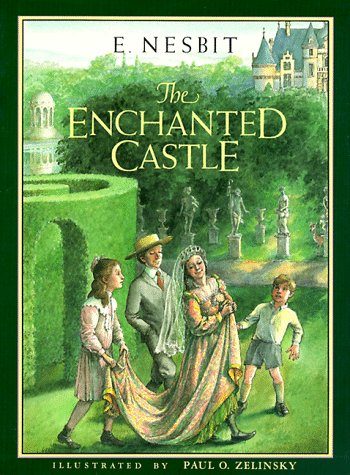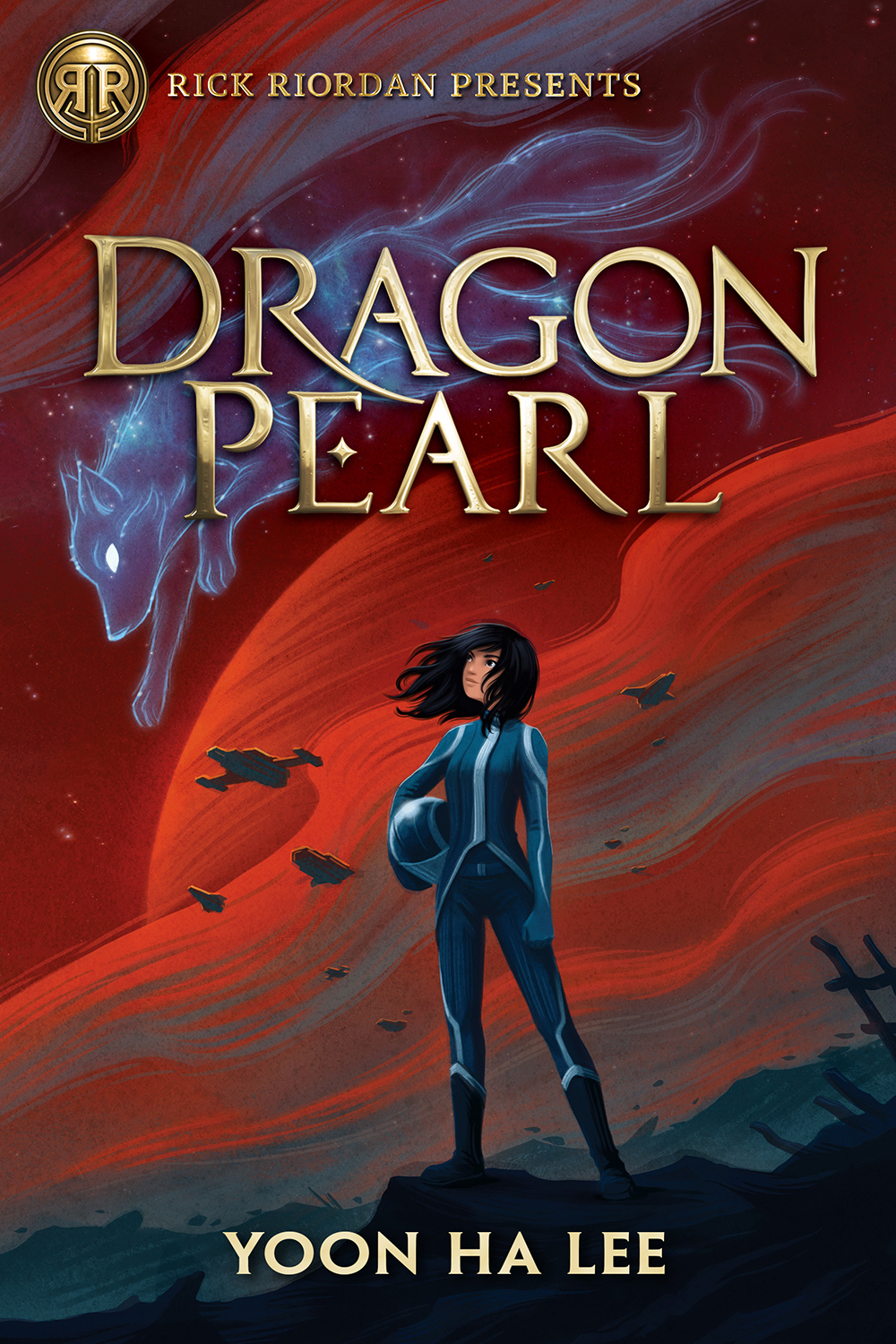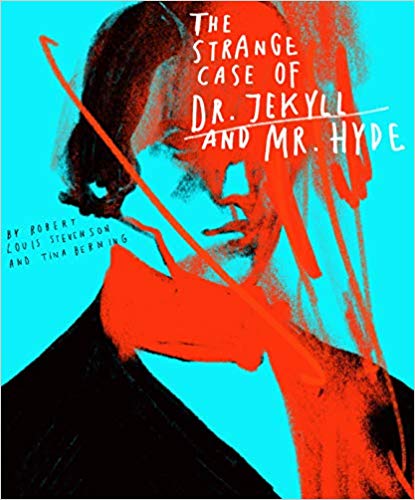‘It is an enchanted castle,’ said Gerald in hollow tones.
‘But there aren’t any,’ Jimmy was quite positive.
‘How do you know? Do you think there’s nothing in the world but what you’ve seen?’ His scorn was crushing.
‘I think magic went out when people began to have steam-engines,’ Jimmy insisted, ‘and newspapers, and telephones and wireless telegraphing.’
‘Wireless is rather like magic when you come to think of it,’ said Gerald.
‘Oh, that sort!’ Jimmy’s contempt was deep.
‘Perhaps there’s given up being magic because people didn’t believe in it any more,’ said Kathleen.
‘Well, don’t let’s spoil the show with any silly old not believing,’ said Gerald with decision. ‘I’m going to believe in magic as hard as I can. This is an enchanted garden, and that’s an enchanted castle, and I’m jolly well going to explore… .’
Gerald turns out to be quite right. He and his brother and sister, forced to stay at school over the summer holidays, soon make the acquaintance of a sleeping princess who is actually the housekeeper’s niece, Mabel Prowse, playing at dress-up. But make-believe magic soon leads them to real magic, with an enchanted ring that first turns people invisible, then grants wishes. Meanwhile, the statues in the castle grounds come to life in moonlight, and the castle is full of secret passages and hidden treasures.
What comes of it is a series of hilarious and exciting adventures– first as the children use the power of invisibility to make money and to solve a crime, then as their wishes go awry one after another. A half-dozen “ugly-wuglies” come to life. A boy is suddenly changed into a prosperous old man. A girl becomes a statue, and another girl finds herself stretched out to 12-feet tall. A feast with the immortals, made of marble come to life, results in the children being stranded on an island. Star-crossed lovers, dinosaurs, Greek gods, and a headless ghost come into the tale. And some of these wishes aren’t easy to undo. And perhaps it takes an end to magic to prove the magic real…
Once again, Edith Nesbit spins a tale of delightful children, mischievous magic, thrills and chills and a touch of romance. This 1907 book proposes some fascinating theories for how the magic works and what its limits are. It contains passages of sumptuous beauty, similar to my favorite chapter in The Wind in the Willows. And it boasts one of Nesbit’s most sparkling characters, young Gerald, who is fascinating from start to finish. At bottom, his leadership skills combined with his determination to believe in magic, is what makes all the magic of this story possible.



